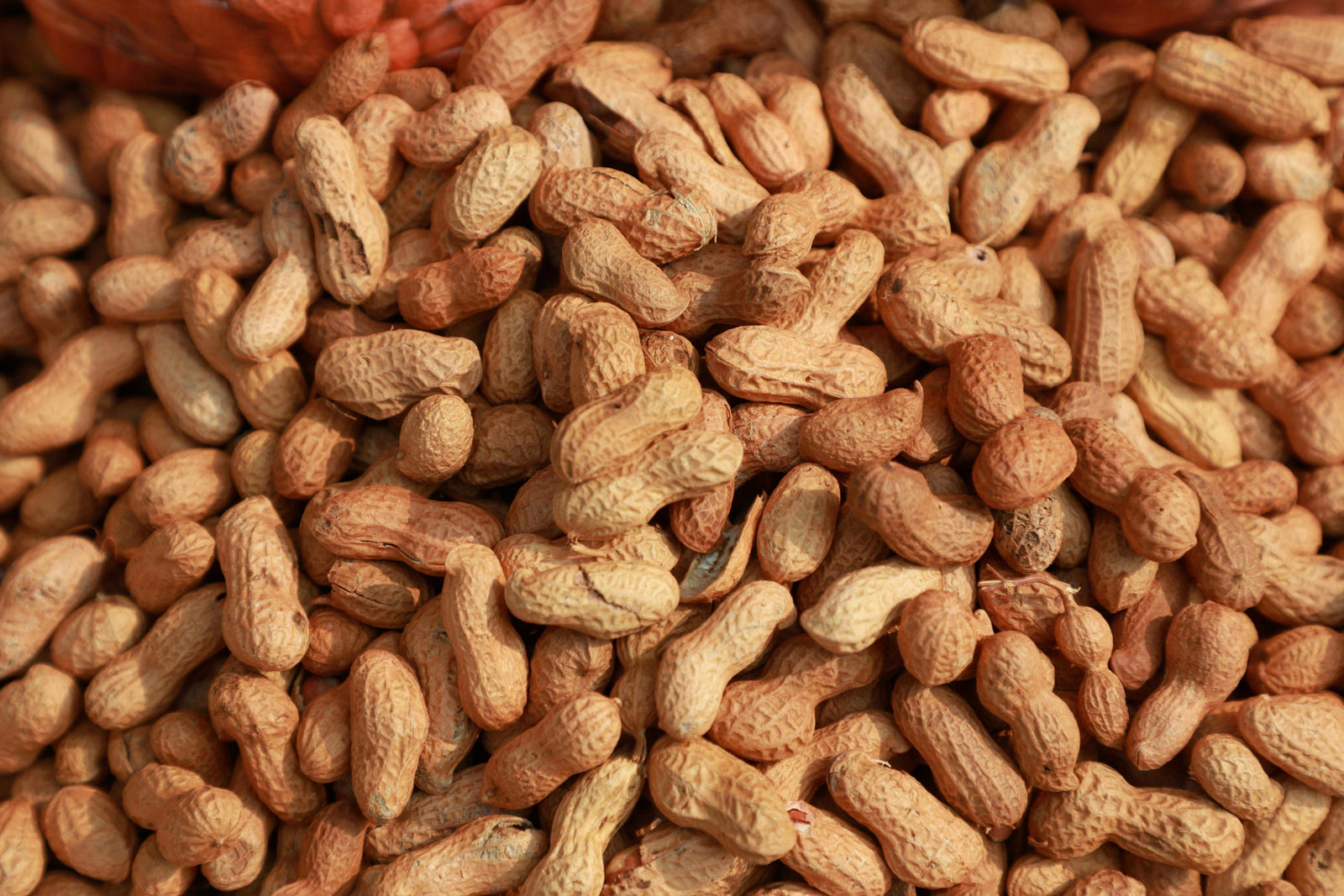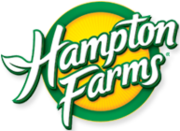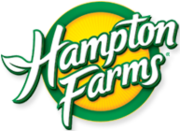Best Uses for Peanut Shells

Peanuts are the treat that keeps on giving. Not only are they packed with nutrition and flavor, but when you snack on a bag of Hampton Farms in-shell peanuts, the enjoyment doesn’t stop once the last nut is gone. Empty peanut shells are good for so much more than just tossing in the trash. In fact, peanut shells are biodegradable and surprisingly versatile. In this article, we’ll share seven smart and sustainable uses for peanut shells, so you can reduce your carbon footprint and feel even better about what you eat—and where it ends up.
1 | Compost
Wondering if you can compost peanut shells? The answer is yes—with just a little prep work. Peanut shells are a great addition to your compost pile, right alongside your coffee grounds, carrot peels, and eggshells. While peanut shell compost doesn’t break down as quickly as softer materials, they can help improve aeration in your pile and contribute to a more balanced composition.
Since peanut shells are dry and brittle, it’s best to crush them first, then soak them in water for about 12 hours to speed up the decomposition process. Alternatively, you can toss them directly on top of your heap and give them a good spray with the hose.
If using salted peanut shell compost, be sure to change the soaking water at least once to remove excess salt, which can harm the beneficial microbes that keep your compost healthy.
2 | Garden Helper
One of the best uses for peanut shells is right in your backyard—they make an excellent natural mulch. Spread crushed unsalted peanut shells around plants to help retain moisture, suppress weeds, and regulate soil temperature—especially useful in hot, dry climates where the soil can dry out quickly.
You can also work peanut shells directly into the soil. Over time, they’ll improve water retention and help break up dense, compacted soil, making it easier for roots to grow. This is a great way to improve soil structure organically and reduce the need for synthetic soil conditioners.
3 | Kindling
If you’re looking for how to use peanut shells in a practical way, they make excellent kindling when you’re starting a campfire or heating up your backyard fire bowl. They burn quickly, cleanly, and without the harsh chemical fumes that come from synthetic fire starters. When burned, peanut wood and shells give off a mild, nutty aroma, which can add a pleasant, subtle scent to your fire without overpowering your surroundings.
4 | Pet’s Best Friend
Peanut shells can be repurposed as a natural, eco-friendly alternative to commercial kitty litter. When soaked and softened, they help absorb odors and moisture without introducing harsh chemicals to your cat’s paws or your home. To make DIY litter, soak the peanut shells in water, crush them, and mix with a bit of baking soda before adding to the litter box.
Peanut shells also make excellent animal bedding. Their natural deodorizing properties and ability to regulate moisture make them perfect for lining a coop, animal shed, or small pet habitat. Simply crush the shells and scatter them, or stuff some into a zippered pet bed insert, where they’ll quietly do their work.
Note: Make sure the shells are free of salt and food residue to avoid skin irritation or attracting pests.
5 | DIY & Crafts
With a little hot glue and an imaginative eye, you can transform leftover peanut shells into rustic wreaths, one-of-a-kind mosaics, festive ornaments, and more. They take paint well and can be easily dyed, sealed, or even glittered to suit the season or style you’re going for. Their rough texture adds a natural, dimensional feel that pops, especially in mixed-media art or kid-friendly crafts.
It’s one of the most fun and unexpected uses for peanut shells, and a great way to add a handmade touch to your home or gifts.
6 | Natural Deodorizer
Peanut shells absorb odors naturally, making them a great option for homemade deodorizers. Just crush the shells, place them in a breathable cloth bag or sachet, and hang or set them in musty spaces like laundry rooms, basements, closets, or bathrooms.
For an extra burst of freshness, mix in dried herbs like lavender or rosemary, or add a few drops of essential oil for a fresh, natural scent that gently fills the air. It’s a chemical-free alternative to commercial air fresheners and one more creative and sustainable way to put peanut shells to work in your home.
7 | Eco-Friendly Shipping Filler
You’ve heard of packing peanuts, but why not use real peanut shells instead? This natural packaging material is far better for the planet than traditional Styrofoam fillers. Crushed or whole, peanut shells cushion fragile items during shipping and can even be repurposed or composted once the package arrives.
While Styrofoam may offer protection, it’s non-recyclable, non-biodegradable, and can take up to 500 years to break down in landfills. Peanut shells, on the other hand, decompose naturally and leave no lasting footprint, making them a smart, sustainable solution for eco-friendly shipping. Even better, peanuts themselves are grown using sustainable farming practices that support soil health and reduce waste, making this snack a win from field to package.
What Not To Do with Peanut Shells
As versatile as peanut shells are, there are a few things you should avoid.
Never feed peanut shells to pets or livestock as they're tough to digest and may pose a choking hazard or cause intestinal blockages. Also, be careful how you store peanut shells. If stored while damp, they can develop mold and mildew, making them unsuitable for composting, crafts, or other uses. Always let shells dry out completely before setting them aside for reuse.
Next time you crack open a bag of Hampton Farms in-shell peanuts, don’t toss those shells; reuse them, repurpose them, and feel good about every part of your snack.


Leave a comment